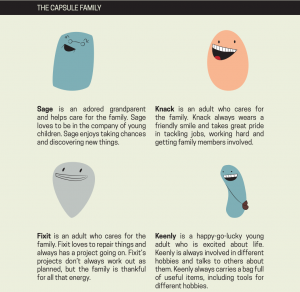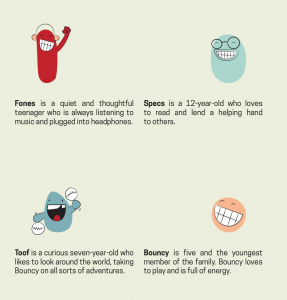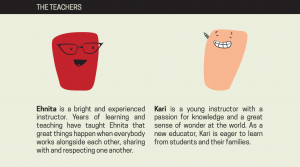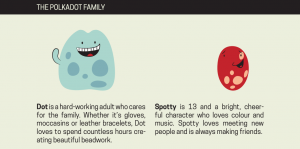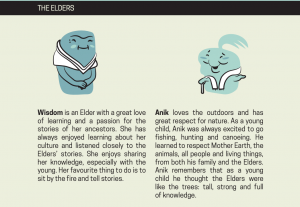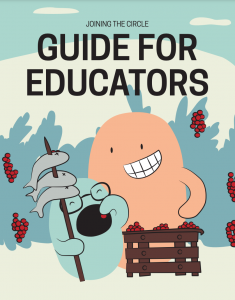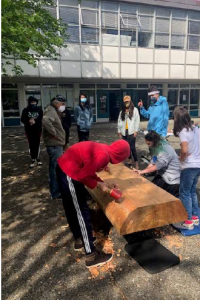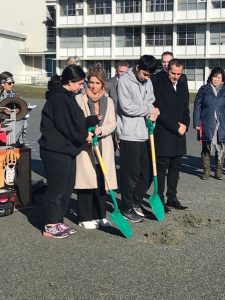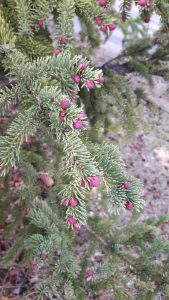COPA’s 10 short animated films are used to help educators start conversations with their students, other educators, and their communities. These films have been modified and adapted from COPA’s A Circle of Caring project with images and content that was guided by Indigenous educators and peoples. They are for educators, schools, and families.
The ten short films focus on a variety of subjects and are titled as cultural pride, equity and diversity in schools and communities, safe/inclusive/accepting schools, nurturing kindness and empathy, positive role modelling, believing in children’s success, a telephone call from school, storytelling and reading with our children, everyday success at home, creating a space for study, working together and learning from each other, parent-teacher meeting, joining school council, supporting and not blaming, listening carefully, problem-solving together, bullying hurts, support for a child who is being bulled, who has witnessed bullying, who is bullying others, and approaching the school.
I really appreciate how these short films are offered in 8 languages (English, Cree, Inuktitut, Michif, Mohawk, Ojibway, Oji-Cree, and Oneida). It would also be powerful to play these films in a language other than English. This would allow students to learn words in one of seven Indigenous languages that are provided. Beside each video, there is a guide for educators to use to help with follow up questions after watching each film.
I absolutely love how this film guide from COPA’s short animated films provides the cast of characters and supplies a short write up about them. Below are screenshots from the guide. I would definitely be using these short films in the classroom with my Kindergarten students. In this guide, there are all the lesson guides that go with each of the short films.
